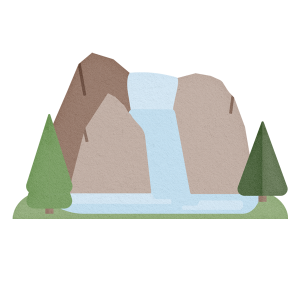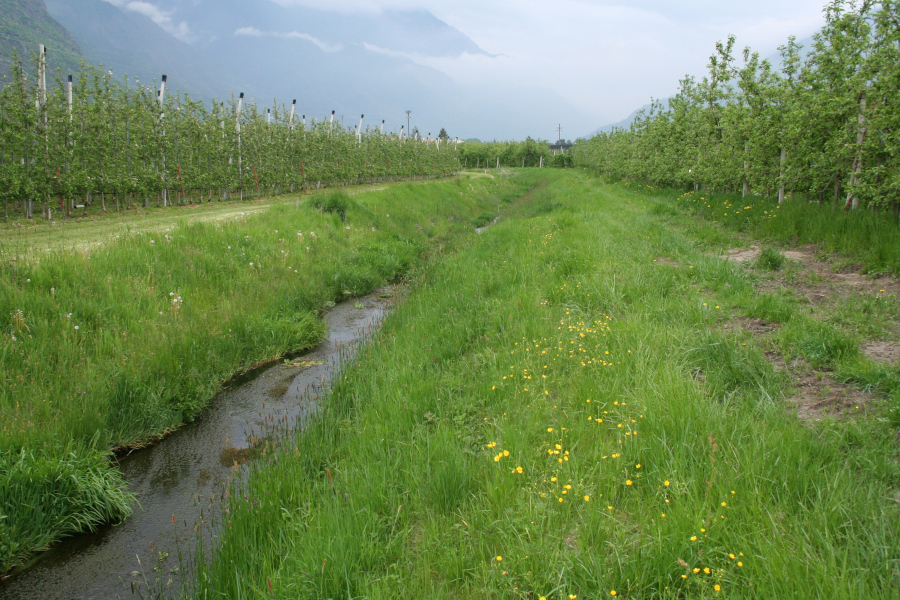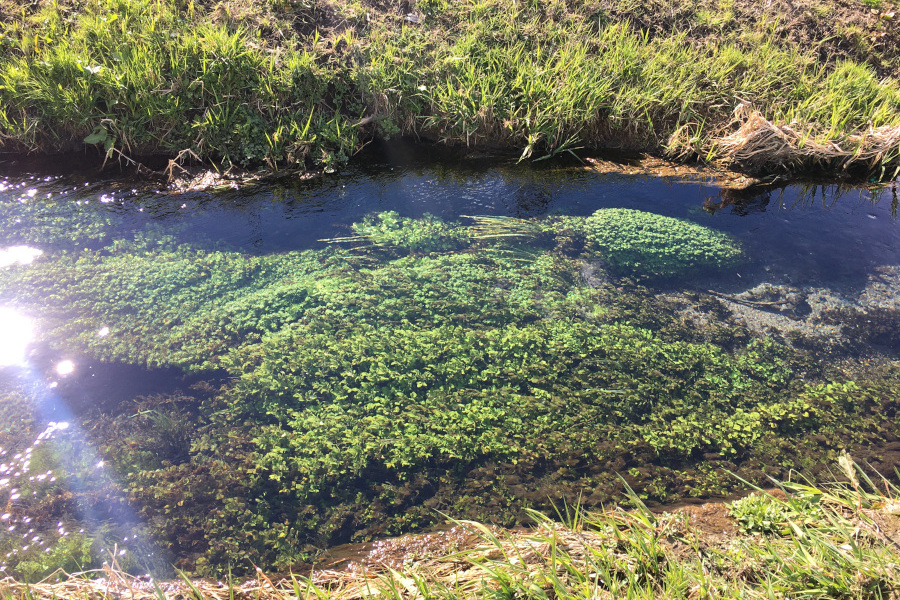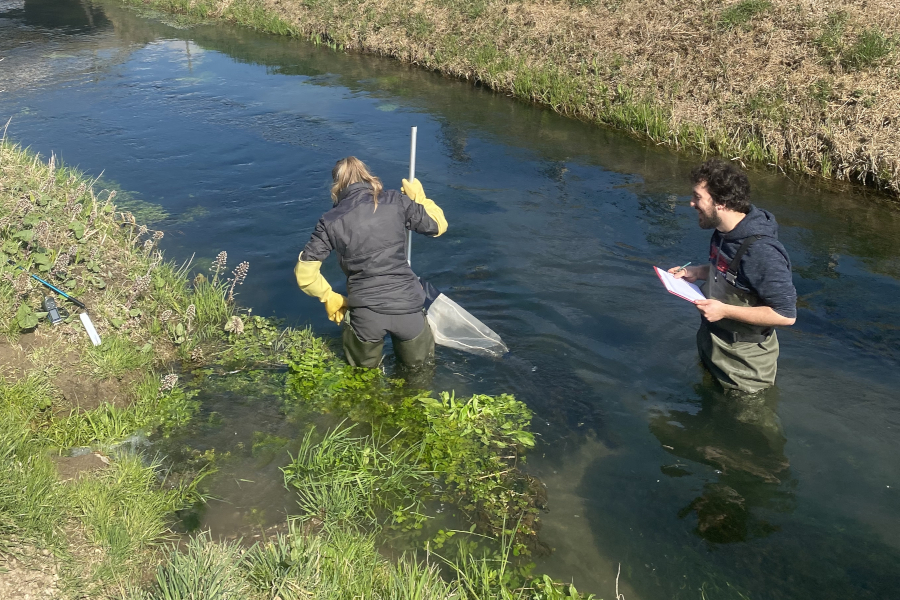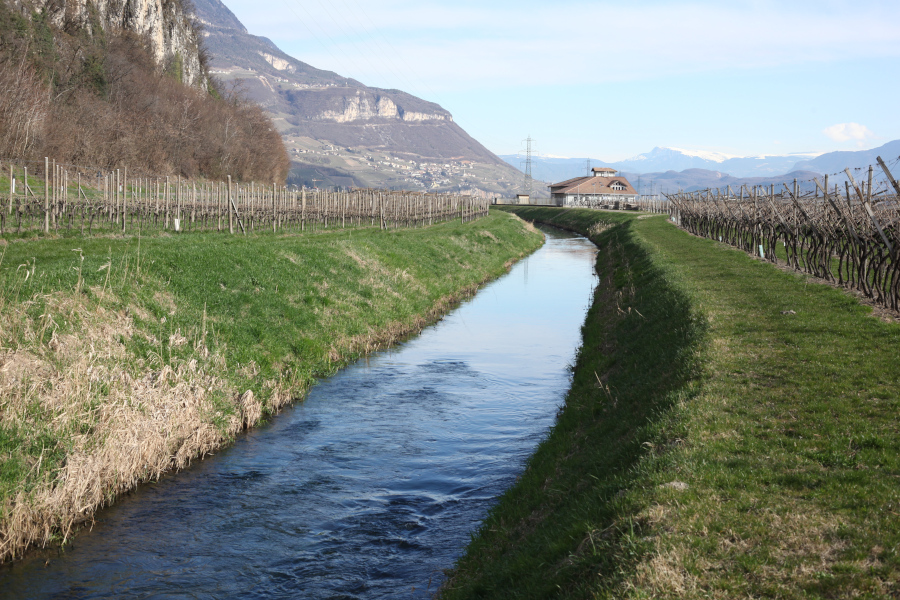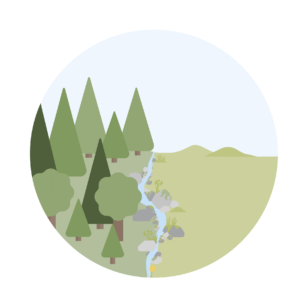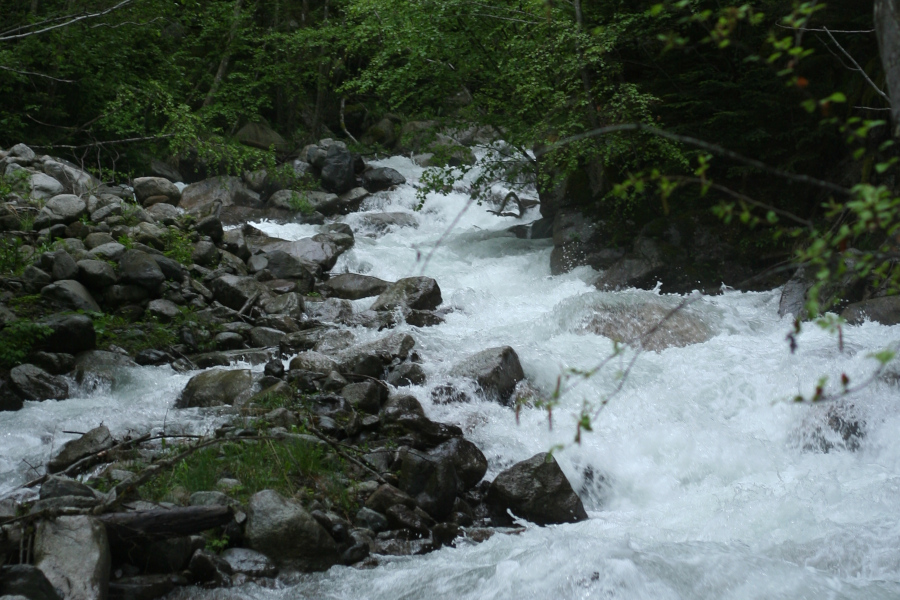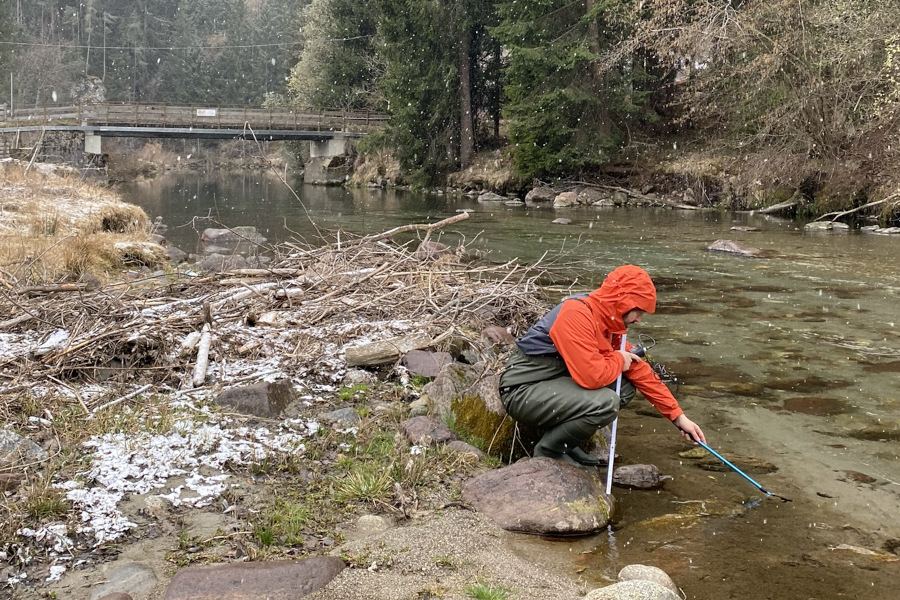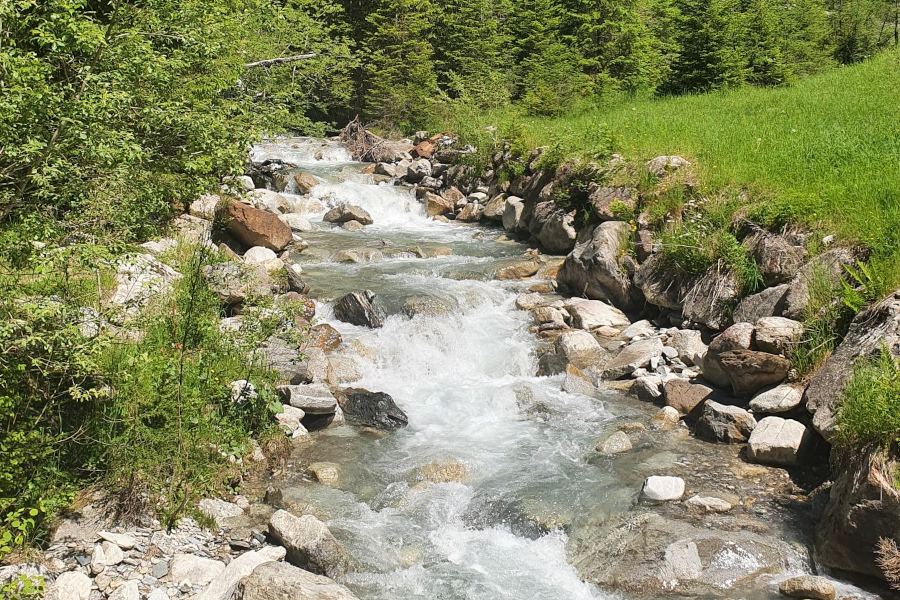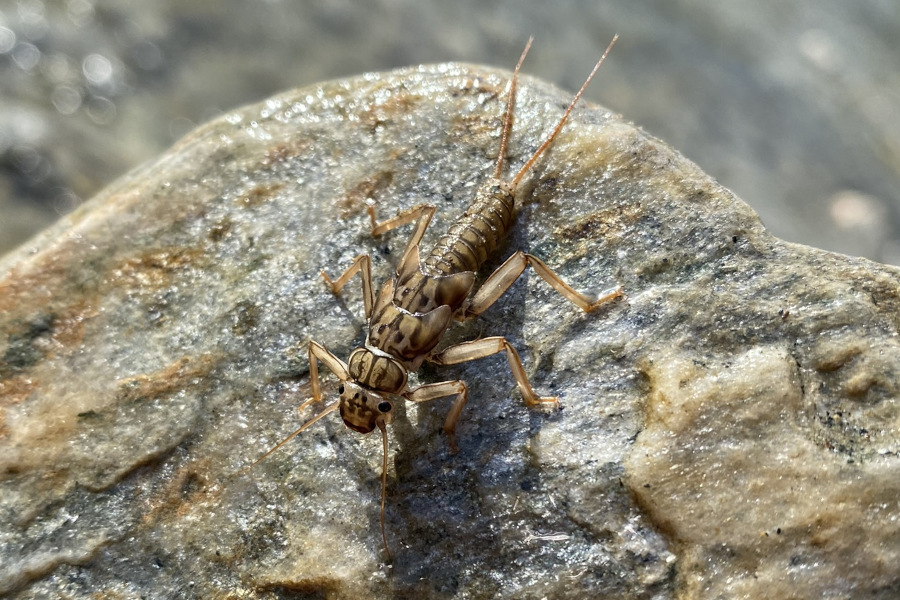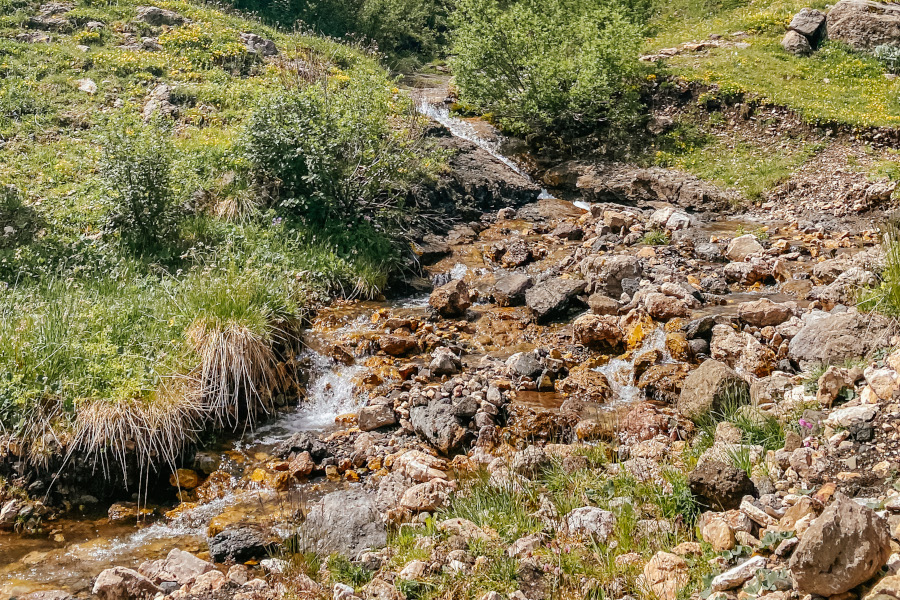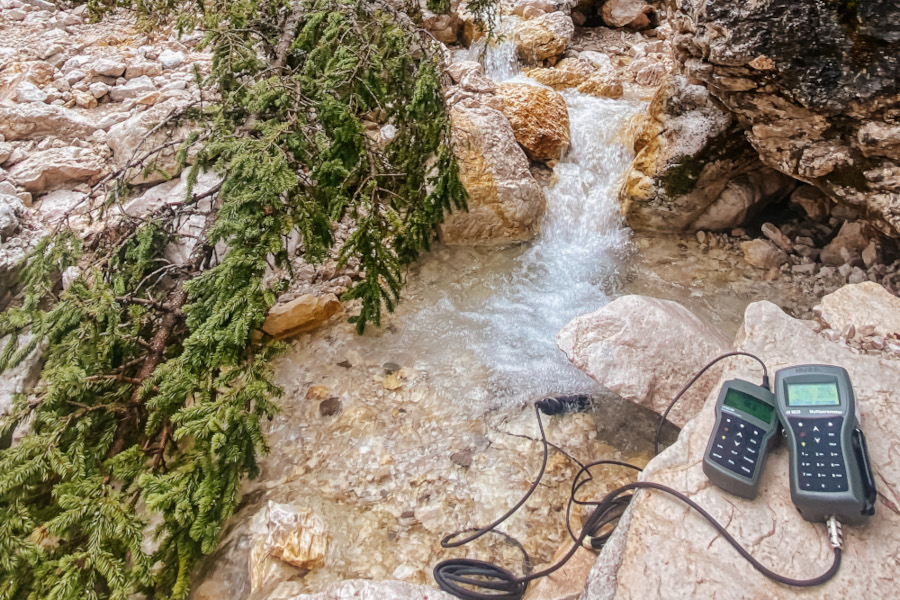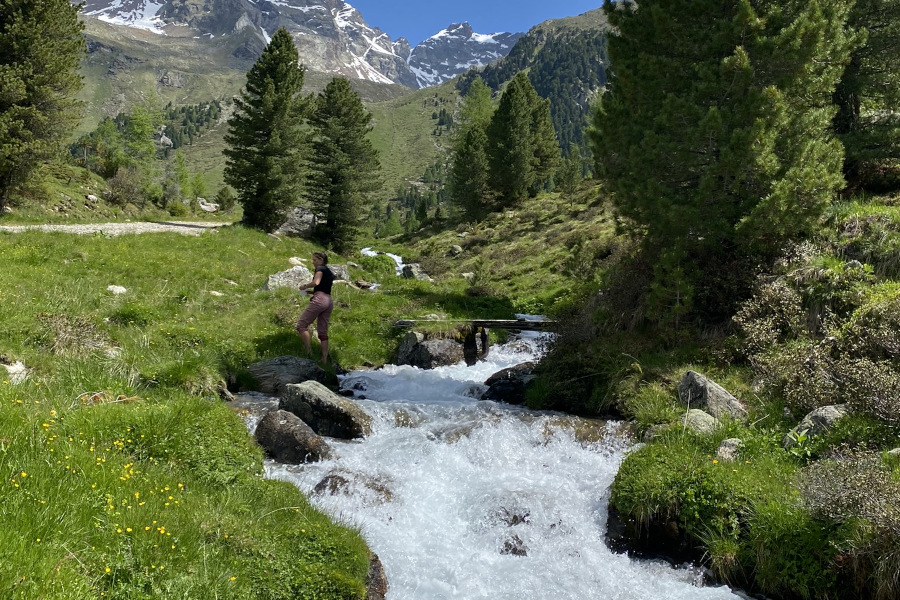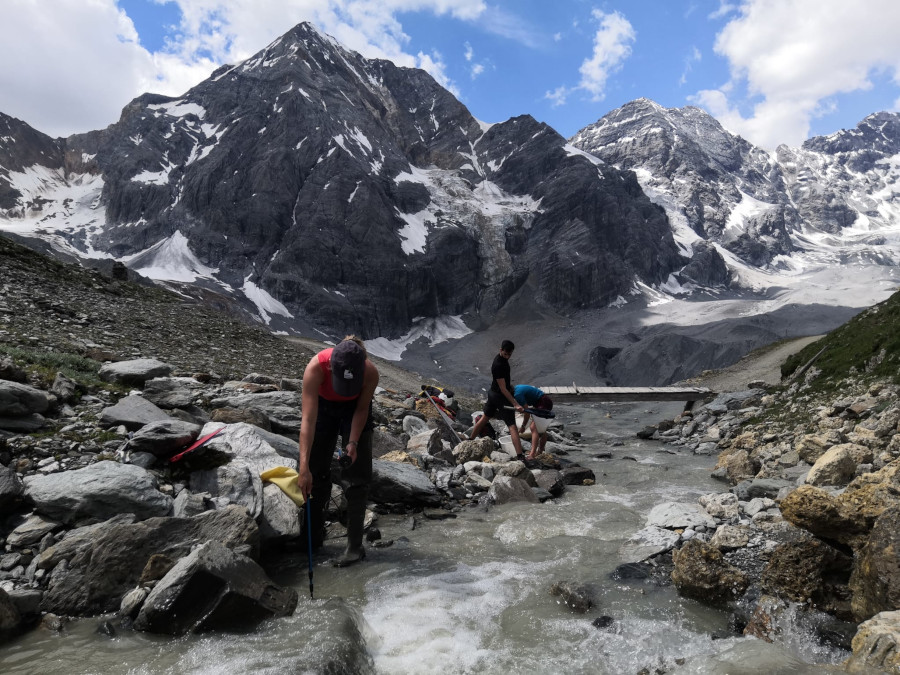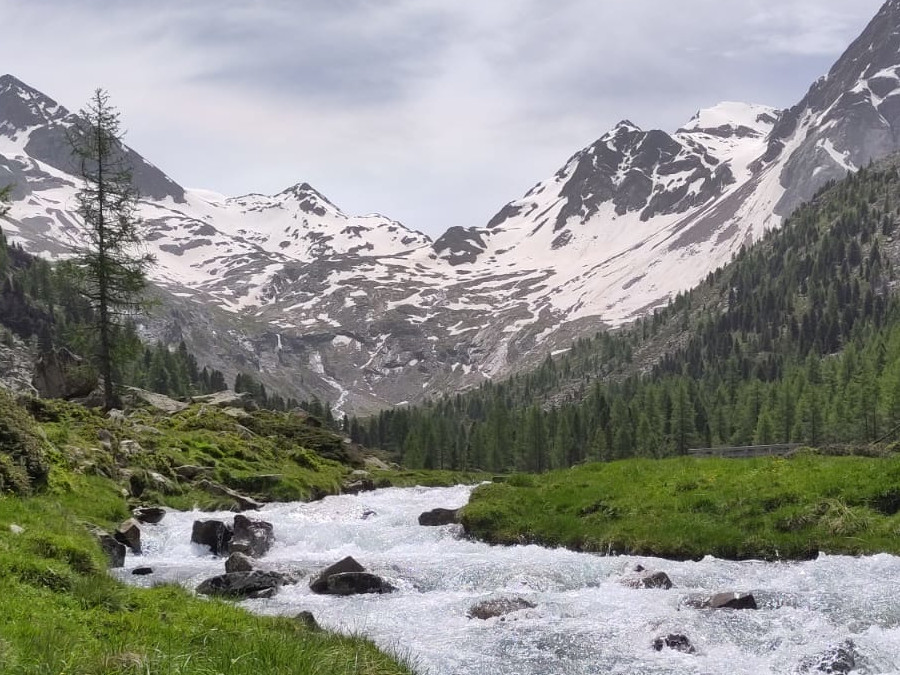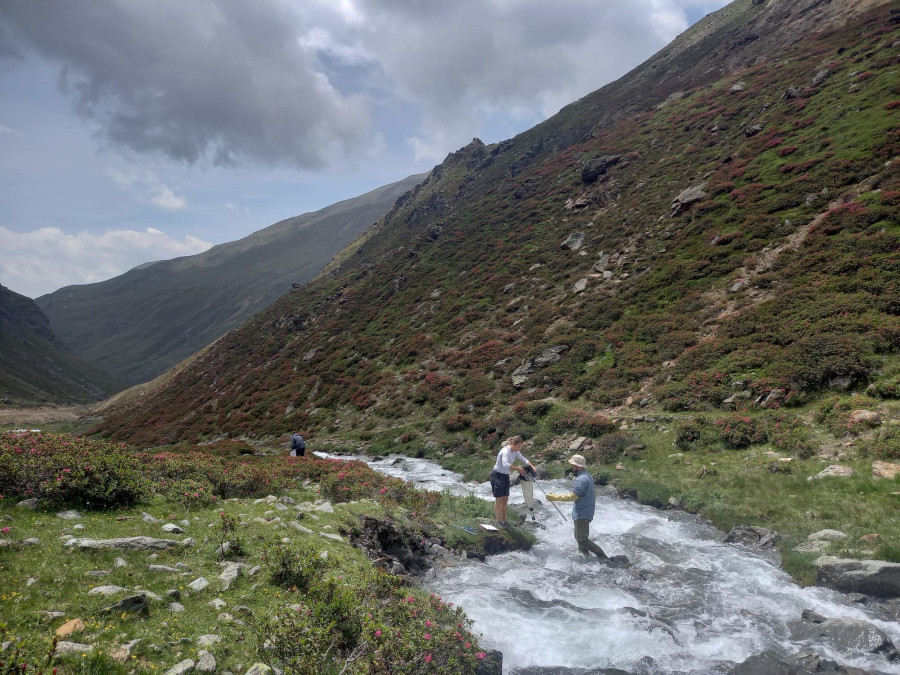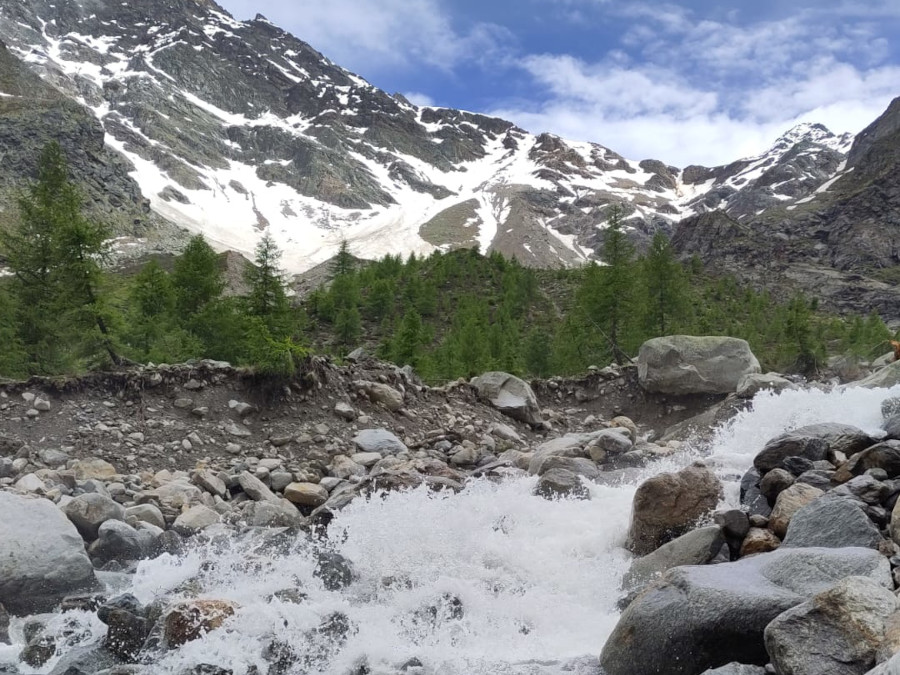Running Waters
South Tyrol is rich in water. Every year, large amounts of rain and snow fall on the region. A large proportion flows across the surface, forming streams and rivers. As part of our biodiversity monitoring program, we study 120 freshwater sites over a four-year period. Each year, 24 control sites and an additional 24 sites are examined. We focus on surveying the larvae of various aquatic insects such as caddisflies and mayflies. In addition, we also investigate abiotic water parameters such as, pH value, conductivity, oxygen and various nutrient conctrations of the respective streams.
South Tyrol’s streams and rivers are characterized by highly divers topographical, geological and climatic conditions. For the biodiversity monitoring, all streams were therefore classified into categories that differ in terms of altitude, discharge and geology.

